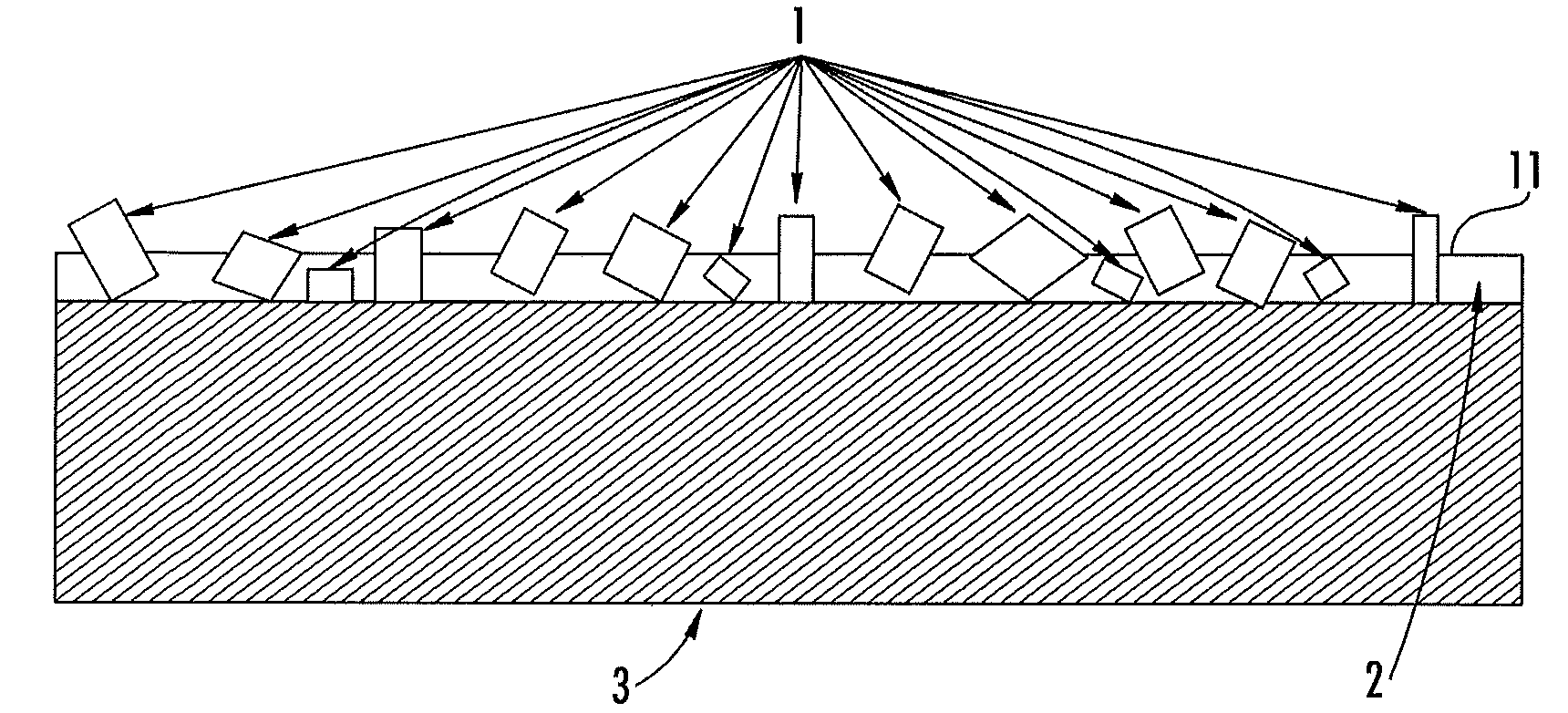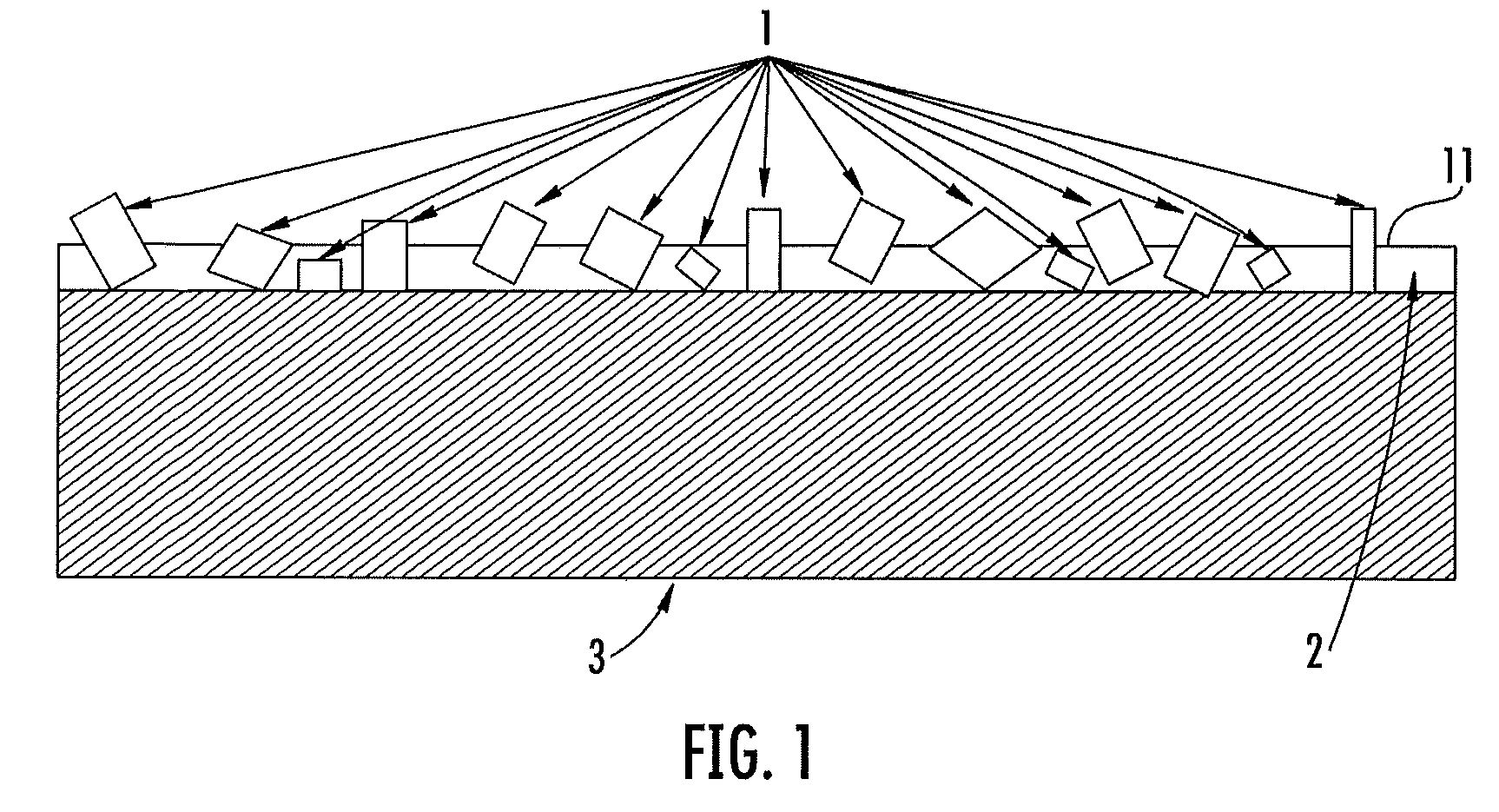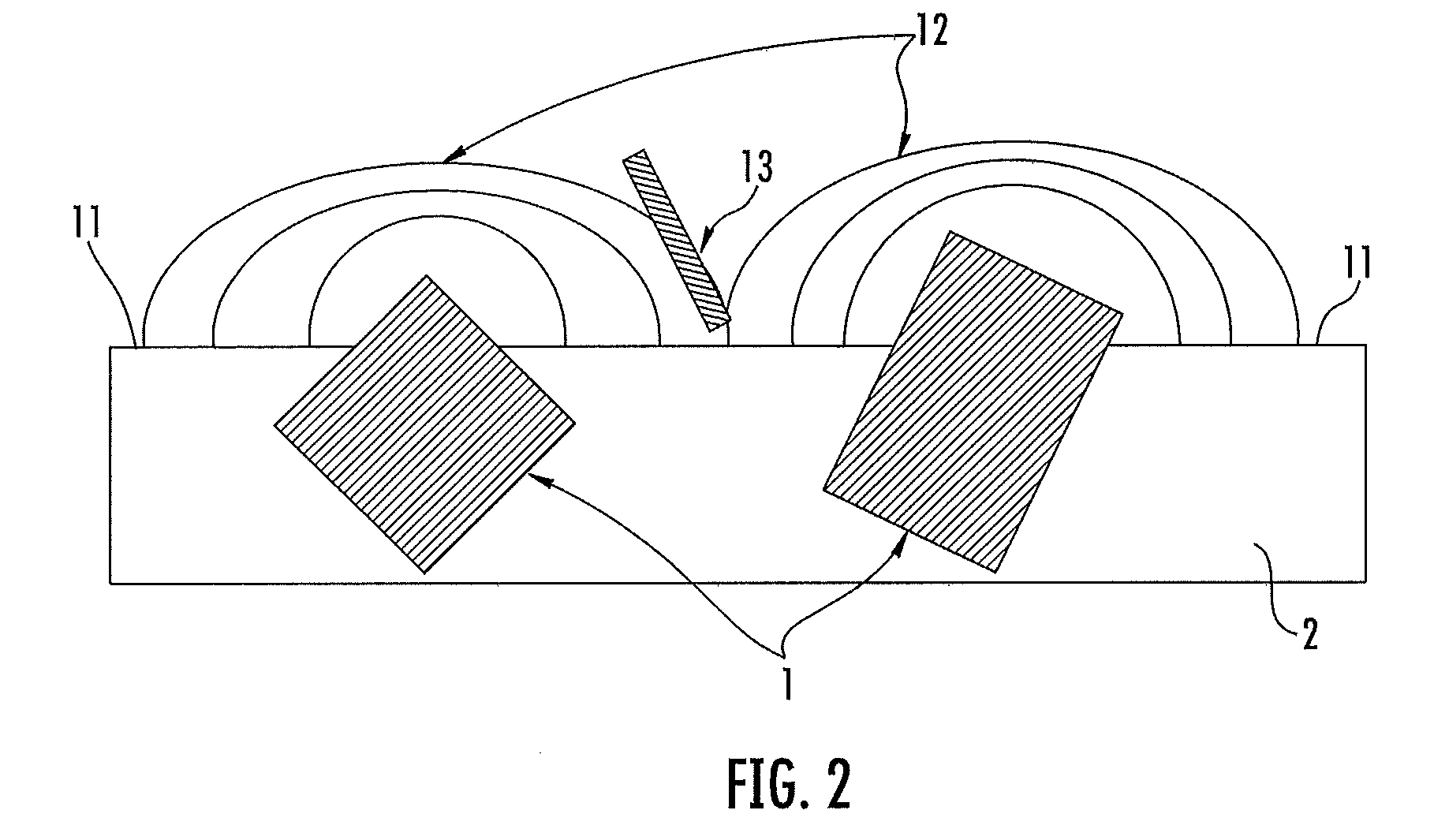Method of manufacturing antimicrobial coating
a technology of antimicrobial coating and manufacturing method, which is applied in the direction of biocide, disinfectant, paint with biocides, etc., can solve the problems of poor adhesion, lack of coating uniformity, and non-contact deposition coating technique, so as to achieve better efficacy control, cost reduction, and precise control
- Summary
- Abstract
- Description
- Claims
- Application Information
AI Technical Summary
Benefits of technology
Problems solved by technology
Method used
Image
Examples
Embodiment Construction
Overview
[0021]A method of providing an antimicrobial surface to a substrate is provided. In the method, an antimicrobial coating is applied to the surface of a substrate to provide antimicrobial protection to the substrate. The coating is prepared by making a dispersion of a biocide agent in a curable or other type of coating into which the biocide agent can be dispersed. The dispersion is coated onto the surface of the substrate at a thickness that is less than the average particle size of the biocide agent. Because of the physical dimensions of the particles and the thickness of the coating, at least some of the biocide particles extending beyond the surface of the coating as shown in the Figures.
[0022]In this way, at least some of the biocide particles are in direct contact with the environment at the surface where the coating is applied. The proximity of the biocide particles to the air (and hence the microbes) provides superior antimicrobial prevention of microbial growth to th...
PUM
| Property | Measurement | Unit |
|---|---|---|
| thickness | aaaaa | aaaaa |
| particle size | aaaaa | aaaaa |
| thickness | aaaaa | aaaaa |
Abstract
Description
Claims
Application Information
 Login to View More
Login to View More - R&D
- Intellectual Property
- Life Sciences
- Materials
- Tech Scout
- Unparalleled Data Quality
- Higher Quality Content
- 60% Fewer Hallucinations
Browse by: Latest US Patents, China's latest patents, Technical Efficacy Thesaurus, Application Domain, Technology Topic, Popular Technical Reports.
© 2025 PatSnap. All rights reserved.Legal|Privacy policy|Modern Slavery Act Transparency Statement|Sitemap|About US| Contact US: help@patsnap.com



